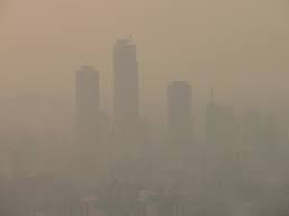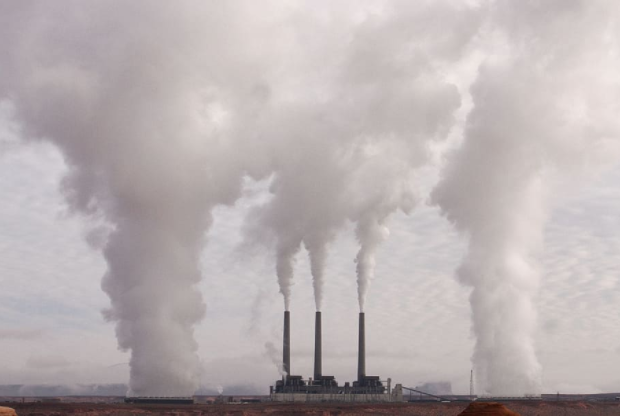How Pollution is Affecting Lives
The picture represents how factories clearly pollute the air and the environment creating smog.
Pollution: A worldwide killing machine.
Did that grab your attention? I hope so because this is something I believe Mother Nature does not take very lightly. About 54.2 percent of people living in the United States live in semi-clean air areas, while the other 45.8 percent live in areas with polluted air. That is every five out of ten people living in air-polluted areas (1). This number is to be taken seriously. Yes, there are still people living with clean air, but the likelihood that clean air could turn into pollution is not slim.
Living in polluted areas is not very glamorous and cheerful. Every year, cities or areas with dirty air are at higher risks for developing infections such as respiratory infections, lung cancer, and even heart disease (2). According to the American Lung Association, a 2018 study was done to see how many people were really being affected by pollution and the results were about 20.8 million people affected by poor air quality (1). That is many lives that should not be affected on a daily basis.

Living in cities and industrial areas has the hardest impact from pollution; they receive smog, which is fog-like pollution that obstructs visibility (3). National Geographic states it is when sunlight reacts with nitrogen oxides and a ”volatile organic compound” within the atmosphere forming smog or photochemical smog. Exhaust from cars, coal power plants, cleaning solvents, gasoline, and paints are all some of the contributors to what forms the smog once the sunlight has hit these particles (3). The photochemical smog is harmful to living things, including plants by killing them. According to Health Canada, for humans, smog will harm the lungs and could lead to infections or even cancer. It is not the safest for anyone who already has lung or heart problems to live in an area with poor air quality/ high smog rates because it will eventually worsen their conditions due to the much exposure. Even for younger children, it can also be detrimental to their respiratory system due to their development of growth (4).
Pollution is not only affecting the air but also impacts individuals within homes and buildings. Inside pollution is also caused by an abundant amount of car exhausts, gasoline, and other products affecting the air. It may come as a surprise, but indoor air pollution is much more dangerous than outside air pollution due to the time spent inside facilities or homes. Indoor pollution seeps through cracks within houses, such as open windows or doors, and through these openings into homes, it allows air pollution to enter through homes or facilities affecting that air quality in closed areas (5).
As you can see, air pollution overtakes much of everyone’s daily lives. Pollution affects a lot that not many people realize and is not something that we as humans should not ignore for the benefit and health of our planet and even us. We should try our best to make a change.
“There’s so much pollution in the air now that if it weren’t for our lungs there’d be no place to put it all”– Robert Orben
- https://www.stateoftheair.org/key-findings/people-at-risk.html#:~:text=The%22State%20of%20the%20Air,either%20ozone%20or%20particle%20pollution.
- https://www.who.int/news/item/15-11-2019-what-are-health-consequences-of-air-pollution-on-populations
- https://www.nationalgeographic.org/encyclopedia/smog/
- https://www.canada.ca/en/health-canada/services/air-quality/smog-your-health.html
- https://www.iqair.com/us/blog/air-quality/outdoor-air-pollution-effects-on-indoor-air
Your donation will support the student journalists of Parkland High School. Your contribution will allow us to purchase equipment and cover our annual website hosting and printing costs.

Madison Tewksbury, a Senior, is extremely excited to be a part of the continuing growing Trumpet Newspaper staff for the third year as editor in chief!...






